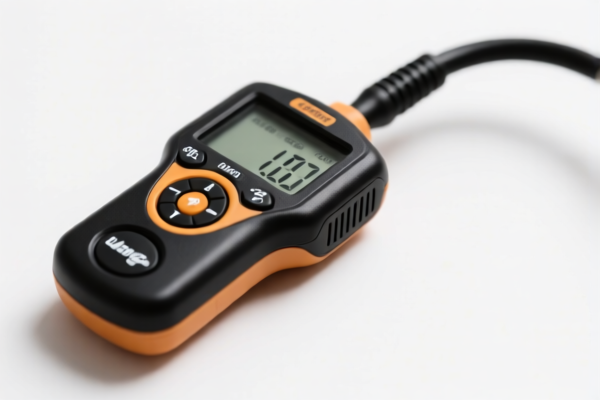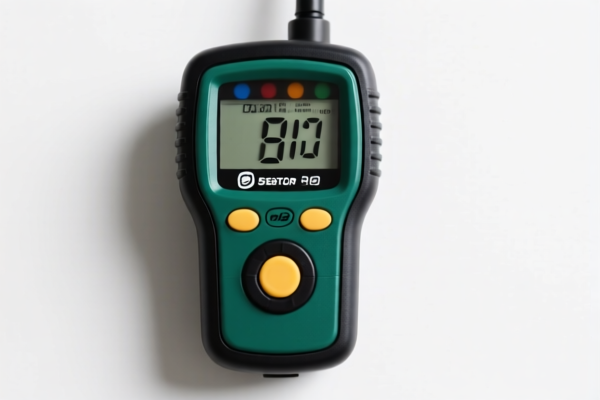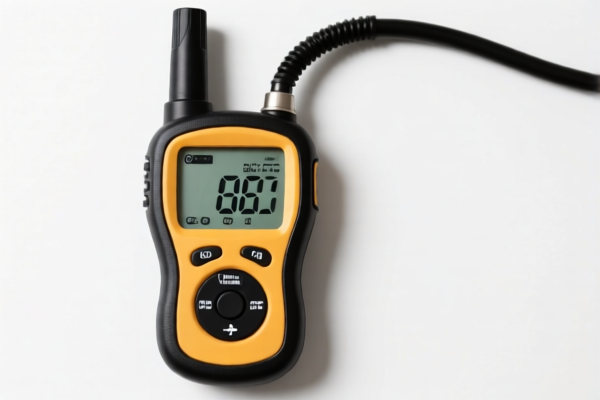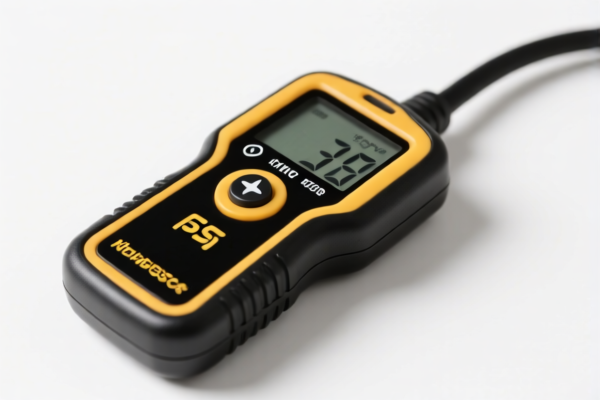| HS Code | Official Doc | Tariff Rate | Origin | Destination | Effective Date |
|---|---|---|---|---|---|
| 8543706000 | Doc | 55.0% | CN | US | 2025-05-12 |
| 8543906800 | Doc | 55.0% | CN | US | 2025-05-12 |
| 8526100040 | Doc | 55.0% | CN | US | 2025-05-12 |
| 8526910040 | Doc | 55.0% | CN | US | 2025-05-12 |
| 9026802000 | Doc | 55.0% | CN | US | 2025-05-12 |
| 9026806000 | Doc | 37.5% | CN | US | 2025-05-12 |
| 9027102000 | Doc | 55.0% | CN | US | 2025-05-12 |




Gas Detector
A gas detector is an instrument that identifies the presence of various gases in the atmosphere. These devices are used to protect human health and safety, prevent explosions and fires, and monitor environmental conditions.
Materials & Components
Gas detectors utilize a variety of sensing technologies, each relying on different materials and components:
- Semiconductor Sensors: Often employ metal oxides like tin oxide. Resistance changes in the metal oxide layer indicate gas concentration.
- Electrochemical Sensors: Use a chemical reaction to generate an electrical signal proportional to gas concentration. Platinum electrodes are common components.
- Infrared (IR) Sensors: Utilize infrared light absorption by specific gases. Require an IR source, a detector, and optical filters.
- Catalytic Bead Sensors: Employ a platinum catalyst that oxidizes combustible gases, causing a temperature change detected by a resistance element.
- Photoionization Sensors (PID): Use ultraviolet light to ionize gases, creating a current proportional to gas concentration.
- Micro-Electro-Mechanical Systems (MEMS): Increasingly used for smaller, more sensitive sensors.
The housing materials vary based on application; common materials include plastics, stainless steel, and aluminum. Electronics include microcontrollers, displays, and power sources (batteries or AC power).
Purpose & Function
The primary purpose of a gas detector is to detect the presence of hazardous gases and alert users to potentially dangerous conditions.
Functionally, gas detectors:
- Sense Gas: Utilize the chosen sensor technology to identify target gases.
- Measure Concentration: Quantify the amount of gas present, typically in parts per million (ppm) or percentage (%).
- Alarm Activation: Trigger audible and/or visual alarms when gas levels exceed pre-set thresholds (Lower Explosive Limit (LEL), Short Term Exposure Limit (STEL), Threshold Limit Value (TLV)).
- Data Logging: Many detectors record gas concentration data for analysis and reporting.
- Communication: Some detectors transmit data wirelessly to central monitoring systems.
Usage Scenarios
Gas detectors are employed in a wide range of industries and environments:
- Industrial Safety: Oil & gas, chemical processing, manufacturing, confined space entry. Detecting flammable gases (methane, propane, butane), toxic gases (hydrogen sulfide, carbon monoxide, ammonia), and oxygen deficiency.
- HVAC: Carbon monoxide detection in homes and commercial buildings to prevent poisoning. Refrigerant leak detection.
- Environmental Monitoring: Landfill gas monitoring, air quality assessment, leak detection from pipelines.
- Mining: Detecting methane and other combustible gases to prevent explosions.
- Healthcare: Detecting anesthetic gases, oxygen levels.
- Security: Detecting flammable gases for bomb or fire detection.
Common Types
Gas detectors are categorized by the gases they detect and their portability:
- Portable Gas Detectors: Handheld, personal devices for immediate hazard detection. Often multi-gas capable.
- Fixed Gas Detectors: Permanently installed in a specific location for continuous monitoring.
- Single-Gas Detectors: Detect a single target gas (e.g., carbon monoxide, hydrogen sulfide).
- Multi-Gas Detectors: Detect multiple gases simultaneously.
- Flammable Gas Detectors: Detect combustible gases like methane, propane, butane, and other hydrocarbons.
- Toxic Gas Detectors: Detect harmful gases like carbon monoxide, hydrogen sulfide, ammonia, chlorine, and sulfur dioxide.
- Oxygen Detectors: Measure oxygen levels to prevent asphyxiation or explosion hazards.
- Refrigerant Detectors: Specifically designed to detect leaks of various refrigerants.
Gas detectors are instruments used to identify and measure the concentration of various gases, typically for safety or process control applications. Based on the provided information, the following HS codes may be relevant:
- 9027102000: Gas or smoke analysis apparatus: Electrical. This code covers electrical gas analysis apparatus, which directly aligns with the function of a gas detector. Chapter 90 pertains to Instruments and apparatus for physical or chemical analysis. Heading 9027 specifically addresses instruments for chemical analysis, and subheading 902710 focuses on gas analysis apparatus.
- 8543706000: Electrical machines and apparatus, having individual functions, not specified or included elsewhere in this chapter; parts thereof: Other machines and apparatus: Articles designed for connection to telegraphic or telephonic apparatus or instruments or to telegraphic or telephonic networks. This code could apply if the gas detector is designed to transmit data to a remote monitoring system via telecommunications networks. Chapter 85 covers electrical machinery and equipment. Heading 8543 covers electrical machines and apparatus with individual functions, and subheading 854370 covers other machines and apparatus.
- 9026802000: Instruments and apparatus for measuring or checking the flow, level, pressure or other variables of liquids or gases (for example, flow meters, level gauges, manometers, heat meters), excluding instruments and apparatus of heading 9014, 9015, 9028 or 9032; parts and accessories thereof: Other instruments and apparatus: Electrical. This code may be applicable if the gas detector measures gas concentration as a variable, and is an electrical instrument. Chapter 90 covers instruments and apparatus for measuring, checking, etc. Heading 9026 covers instruments for measuring flow, level, pressure, etc., and subheading 902680 covers other instruments and apparatus.
Regarding HS code 9027102000, please note that this code specifically covers electrical gas or smoke analysis apparatus.
Customer Reviews
The detailed explanation of the 9026802000 code was exactly what I needed for my gas detection equipment. Great resource!
The usage scenarios helped me determine the right HS code for my specific application. Very practical information.
The section on sensor technologies was really informative. I learned a lot about how gas detectors work, which was useful for my research.
The page had a lot of useful info, but I found it a bit overwhelming. A bit more structure would have helped.
I was looking for tariff info, and the 55% rate for most codes was clearly highlighted. Perfect for calculating costs for my exports.